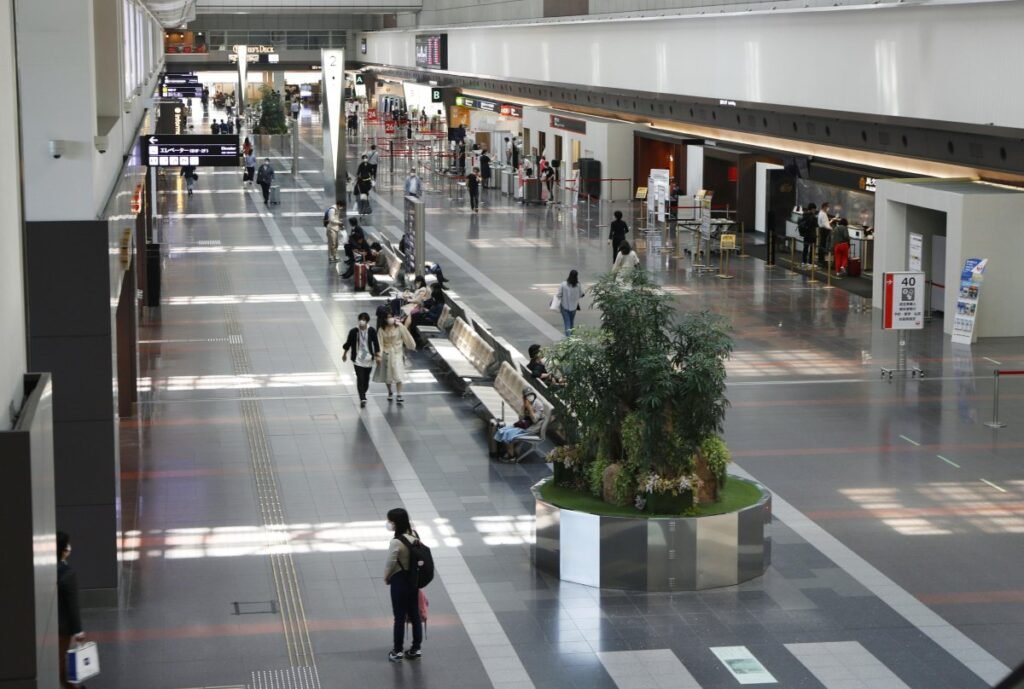Wednesday, July 2, 2025

On March 21, 2025, a catastrophic failure at a substation near Heathrow Airport caused a near day-long shutdown that affected thousands of flights and nearly 270,000 passengers. This incident highlights the vulnerability of critical airport infrastructure and the impact that a power outage can have on global air travel. The electricity substation fire in Hayes, just north of Heathrow, led to the closure of the airport in the early hours of the morning, and operations were not restored until early Friday evening. As a result, hundreds of flights were canceled, and many passengers faced significant disruptions.
The Cause of the Power Outage
According to a detailed review conducted by National Grid Electricity Transmission and the London Fire Brigade, the fire at the substation was caused by a catastrophic failure of a transformer’s high-voltage bushing. This failure was triggered by moisture entering the bushing, which ultimately led to an electrical fault and caused the transformer to catch fire. The National Energy System Operator (NESO) report stated that moisture levels had been detected in the bushing as early as July 2018, but proper mitigation measures were not taken at the time to address the issue’s severity. The report indicates that the elevated moisture readings should have prompted corrective actions to prevent the failure.
Impact on Heathrow and Passengers
The power failure resulted in the loss of supply to one of Heathrow’s primary electrical supply points, forcing the airport to shut down most of its operations for the day. The airport had to reconfigure its internal power network, drawing energy from its other operational supply points. Safety checks were conducted before the airport reopened for limited flights, mainly for repositioning and repatriation purposes.
This incident had a massive impact on air travel, with thousands of flights being canceled and affecting the schedules of numerous airlines. Passengers experienced extreme delays, while many were left stranded, waiting for the situation to resolve. Airlines and the airport authorities worked tirelessly to accommodate travelers and manage the fallout of the disruption.
Investigation and Recommendations for Future Prevention
Following the fire and the resulting power outage, the National Energy System Operator and relevant agencies launched a comprehensive investigation into the incident. The forensic analysis conducted by National Grid and the London Fire Brigade concluded that the substation fire was caused by electrical faults related to inadequate preventive measures. The failure of the transformer’s high-voltage bushing was the primary cause of the incident, and the investigation found that the elevated moisture levels in the bushing had gone undetected for an extended period, allowing the issue to escalate into a fire.
As part of the investigation, the review identified the need for improved monitoring and maintenance practices to prevent similar incidents in the future. Regular inspections of high-voltage equipment, along with enhanced preventive measures, are now being recommended to ensure that such a catastrophic failure does not occur again. The findings emphasize the importance of proactive measures in critical infrastructure, particularly at major transportation hubs like Heathrow Airport.
Airport Resilience and Response
The Heathrow Airport Authority responded swiftly to the situation, focusing on the safety of passengers and the swift restoration of services. After the power outage, the airport worked diligently to restore operations, prioritizing safety protocols and ensuring that its internal network was properly reconfigured to manage the power loss. While the airport was closed for a majority of the day, it began accepting repositioning flights and other emergency flights by Friday evening.
Despite the severity of the power failure, the airport was able to manage the situation effectively, ensuring minimal long-term disruptions. The response of the airport authority, along with the cooperation of airlines and ground services, helped mitigate the overall impact on global air traffic, though the consequences were still deeply felt across the aviation industry.
A Broader Lesson for Airports Worldwide
The Heathrow incident serves as a stark reminder of the vulnerability of major transport hubs to electrical and infrastructure failures. As one of the busiest airports in the world, Heathrow relies on a highly sophisticated network of systems and services to handle millions of passengers and flights each year. However, this event illustrates how a single catastrophic failure in essential infrastructure can cause massive disruptions to operations and affect global travel.
For airports and airlines worldwide, this incident underscores the importance of resilience and contingency planning in managing unforeseen failures. Ensuring that backup power systems, redundant infrastructure, and emergency protocols are in place can make all the difference in minimizing the impact of such events. The need for continued investment in technology and safety systems at airports is vital for ensuring that operations can continue even in the event of unforeseen technical failures.
The Road Ahead for Heathrow and the Aviation Industry
Following the power outage, Heathrow has committed to further enhancing its infrastructure and reviewing its operational protocols. The lessons learned from this incident will likely prompt a broader examination of power supply systems and the need for improved risk management across the entire aviation industry.
In the coming months, Heathrow Airport plans to implement several recommendations put forth in the National Energy System Operator’s report, including improved moisture monitoring for electrical equipment and upgraded safety measures at critical infrastructure points. These changes aim to reduce the likelihood of similar disruptions and enhance the overall reliability of the airport’s operations.
For the aviation industry, this event highlights the importance of having robust contingency plans in place. While technology and automation have vastly improved operational efficiency, human oversight and regular maintenance remain essential for ensuring the uninterrupted flow of services.
Conclusion: A Wake-Up Call for Airport Infrastructure
The Heathrow power outage was a dramatic reminder of the vulnerabilities that even the most advanced and well-equipped airports face. A catastrophic failure in a seemingly minor component of the electricity substation triggered a series of events that led to widespread disruption, affecting thousands of passengers and hundreds of flights. While Heathrow’s response and recovery were commendable, the incident serves as a wake-up call for other airports and industries reliant on critical infrastructure. By enhancing their monitoring systems, maintenance practices, and contingency plans, airports can better protect themselves against unforeseen disruptions and ensure that the world of air travel continues to operate smoothly.
As the investigation continues and further recommendations are put into action, airports across the globe will need to take stock of their own systems and infrastructures. The Heathrow power failure serves as a crucial moment for the industry to learn, adapt, and improve in the face of future challenges.
«Enjoyed this post? Never miss out on future posts by following us»









